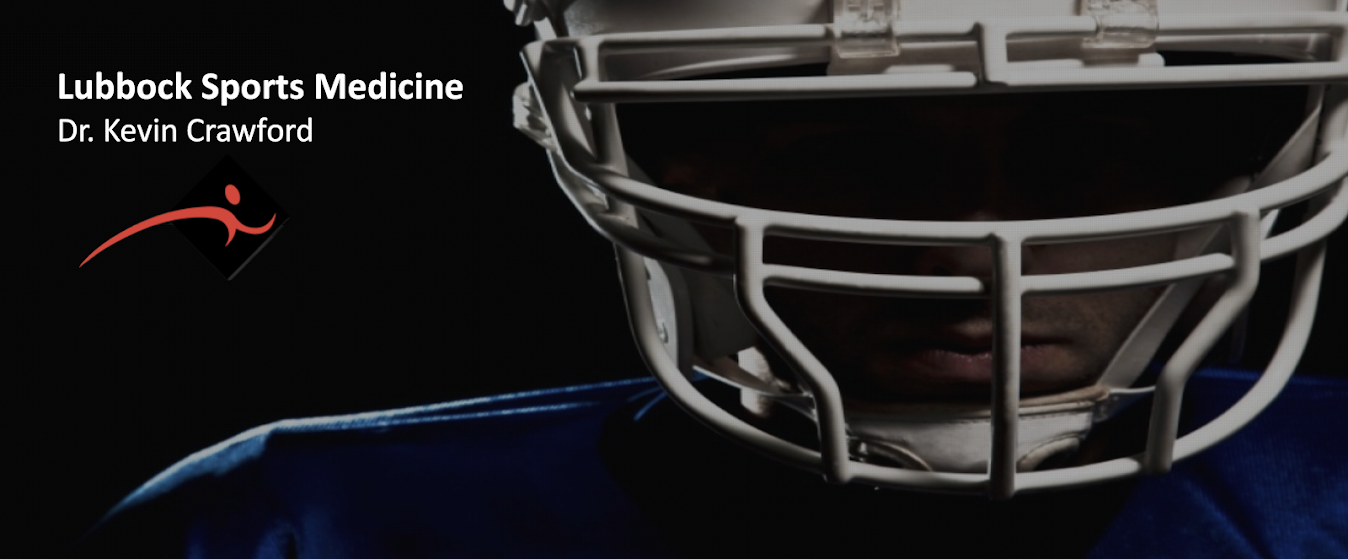Bringing the best athletic training services to our high schools and programs is the Mission of Lubbock Sports Medicine's Outreach Athletic Training Program.
With LSM's program, we help enable our local athletic programs that lack full-time trainers to obtain the experienced medical staff needed to keep athletes off the training table and back in the game. The LSM-affiliated network of professional athletic trainers expands to schools throughout Lubbock and the Great Plains.
LSM specializes in advanced Sports Medicine for the serious athlete to those following an active lifestyle. With our state of the art techniques and equipment, our experienced doctors will work with you at each step of your recovery. From torn ligaments to concussions to knee sprains, LSM is there to help.
Rest assured that you will receive the best care from our highly trained clinicians and doctors, providing you with top orthopedic care for your well-being and treatment. Experience the sport medicine difference at Lubbock Sports Medicine and Lubbock Sports Rehab.
With LSM's program, we help enable our local athletic programs that lack full-time trainers to obtain the experienced medical staff needed to keep athletes off the training table and back in the game. The LSM-affiliated network of professional athletic trainers expands to schools throughout Lubbock and the Great Plains.
Lubbock Sports Medicine provides professional care for your Sports & Active Lifestyle Injuries.
LSM specializes in advanced Sports Medicine for the serious athlete to those following an active lifestyle. With our state of the art techniques and equipment, our experienced doctors will work with you at each step of your recovery. From torn ligaments to concussions to knee sprains, LSM is there to help.
Rest assured that you will receive the best care from our highly trained clinicians and doctors, providing you with top orthopedic care for your well-being and treatment. Experience the sport medicine difference at Lubbock Sports Medicine and Lubbock Sports Rehab.
4110 22nd Place Lubbock, TX 79410
(806) 792-4329

















